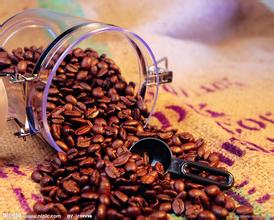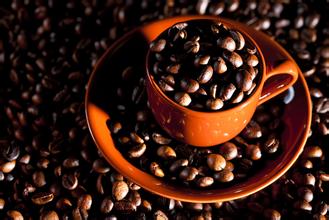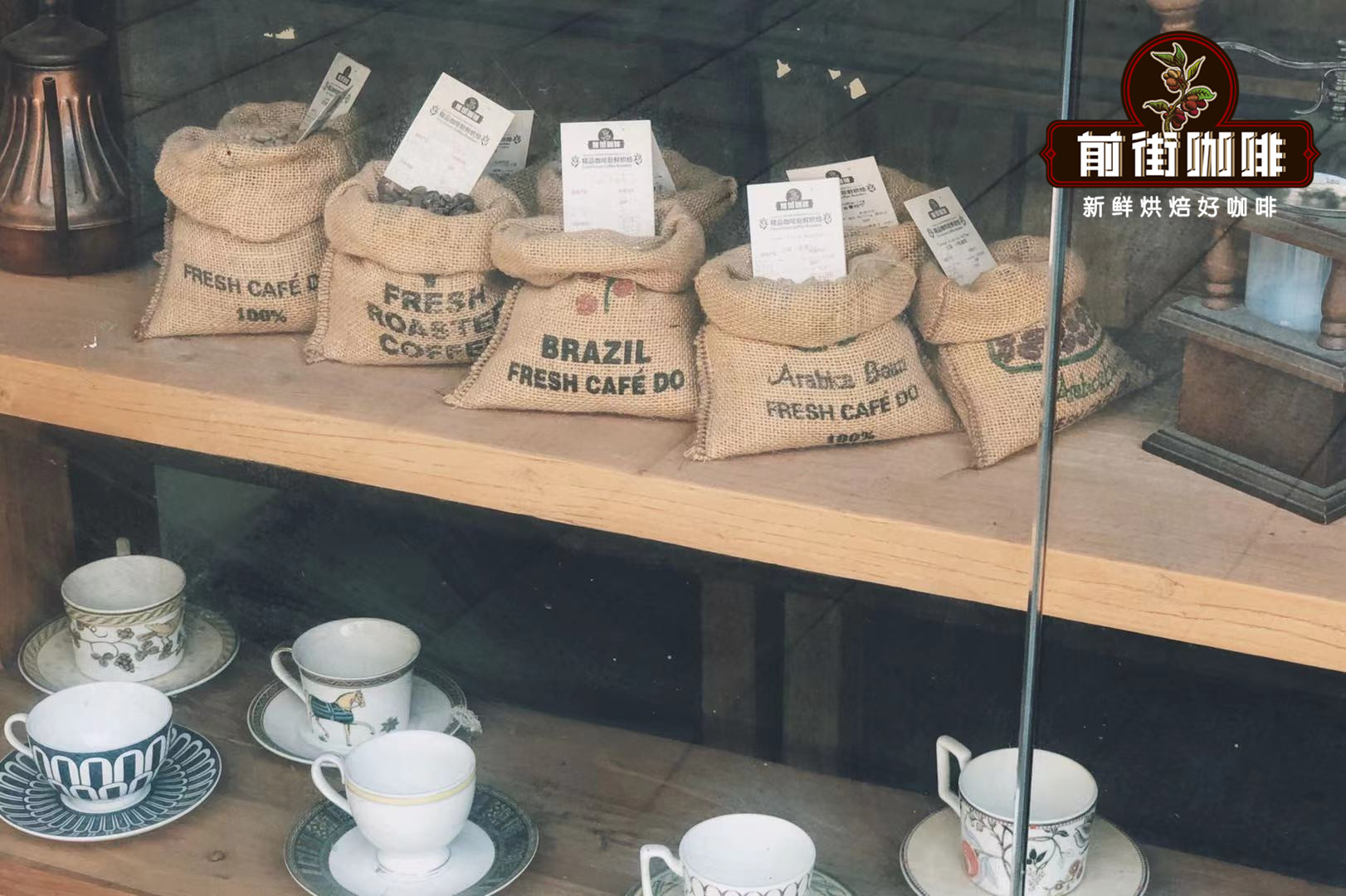Description of flavor and taste of Sidamo Lion King Coffee Bean introduction to the production area of grinding scale variety manor
Description of flavor and taste of Sidamo Lion King Coffee Bean introduction to the production area of grinding scale variety manor
In 2010-12, it received 92 and 94 points from the authoritative coffee review website Coffee Review in a row. The producing area belongs to volcanic soil with rich nutrients and good drainage. These fertile nutrients are maintained by the degradation of natural organic matter. This batch is produced by Sirsa Cooperative near Dilla town. The cooperative was founded in 1976 and is currently a member of the Sidamo Farmers' Cooperative Union (Sidamo Coffee Farmer Cooperative Union).
Coffee 36 flavors: dark chocolate, lemon, citrus caramel, black vinegar millet
Dry fragrance: the aroma of jasmine honey and lemon peel
Wet fragrance: honey, sweet flower, maple syrup, cream, citrus
Flavor: strong fruit tonality, melons, strawberries, peaches, ripe berries and other rich fruit flavors, with silky softness, clean and balanced taste and a lively, sweet finish
Coffee is Ethiopia's most important export cash crop and the main source of Ethiopia's foreign exchange earnings. Ethiopia's coffee exports account for about 3% of the world market, making it the eighth largest coffee exporter in the world. Coffee exports increased steadily from 58000 tons in 1990 to 110000 tons in 1995-1996 and remained at this level in the following years. The export volume exceeded 110000 tons from 2001 to 2002 and reached 127000 tons from 2002 to 2003. As the price of coffee on the international market has been declining for a decade, Ethiopia's foreign exchange earnings have been seriously affected. Before the sharp drop in coffee prices, coffee exports accounted for more than half of Ethiopia's foreign exchange earnings, but now they account for only about 35 per cent. But according to the International Coffee Organization, coffee prices rebounded in 2002, rising from 41 cents per pound in September 2001 to 52 cents per pound in 2002 and 59.7 cents per pound in 2003. The average price in March 2004 was 60.8 cents per pound, an increase of 50% over September 2001. This is excellent news for Ethiopia.
It is produced by Xilisha Cooperative near Dilla town. The cooperative was founded in 1976 and is now a member of the SCFCU of the Sidamo Farmers' Cooperative Union. We have screened the coffee again, and the selected batch has excellent flavor, which tends to be honey, citrus and coffee flowers.
The coffee flavor of Sidamo is very diverse, with different soil types, microclimate and countless native coffee species, which make the coffee produced in cities and towns have obvious differences and characteristics. In 2010-2012, it continuously obtained the high score of CR92~94, the authoritative coffee evaluation website in the United States. Thus it can be seen that the raw beans in this area are extraordinary. The territory has towering mountains, highlands, plateaus, valleys and plains, with diverse topography. The geology of the area belongs to fertile, well-drained volcanic soil with a depth of nearly two meters and a dark brown or brown surface soil. The biggest advantage of the area is that the soil fertility is maintained through the circulation of organic matter, using the withered leaves of the surrounding trees or the residual roots of the plants as fertilizer.

Important Notice :
前街咖啡 FrontStreet Coffee has moved to new addredd:
FrontStreet Coffee Address: 315,Donghua East Road,GuangZhou
Tel:020 38364473
- Prev

Description of roasting degree and Flavor of Sumatran Coffee beans introduction of variety grinding scale by taste treatment method
Description of roasting degree and flavor of Sumatran coffee beans the variety grinding scale introduces that Sumatran coffee is one of the most mellow and smooth coffee varieties in the world. Most coffee in Sumatra is processed dry and some semi-wet. Most of the coffee labeled Mandelin comes from the southern interior. The coffee grown in the west is called Gayo Mountain. Taste
- Next

Yunnan fine coffee beans Yunnan washing treatment Katim small coffee varieties flavor taste characteristics
Katim coffee beans suitable for what kind of roasting degree-roasting diagram introduction produced in Ethiopia's Sidama region, mention yega sherfie, usually described as strong floral, subtle fruit acid, soft bergamot and lemon flavor, smell can indeed smell a little floral and fruity, but taste on the sour side, for those who are not used to it may not be acceptable. But if you like it,
Related
- Detailed explanation of Jadeite planting Land in Panamanian Jadeite Manor introduction to the grading system of Jadeite competitive bidding, Red bid, Green bid and Rose Summer
- Story of Coffee planting in Brenka region of Costa Rica Stonehenge Manor anaerobic heavy honey treatment of flavor mouth
- What's on the barrel of Blue Mountain Coffee beans?
- Can American coffee also pull flowers? How to use hot American style to pull out a good-looking pattern?
- Can you make a cold extract with coffee beans? What is the right proportion for cold-extracted coffee formula?
- Indonesian PWN Gold Mandrine Coffee Origin Features Flavor How to Chong? Mandolin coffee is American.
- A brief introduction to the flavor characteristics of Brazilian yellow bourbon coffee beans
- What is the effect of different water quality on the flavor of cold-extracted coffee? What kind of water is best for brewing coffee?
- Why do you think of Rose Summer whenever you mention Panamanian coffee?
- Introduction to the characteristics of authentic blue mountain coffee bean producing areas? What is the CIB Coffee Authority in Jamaica?

